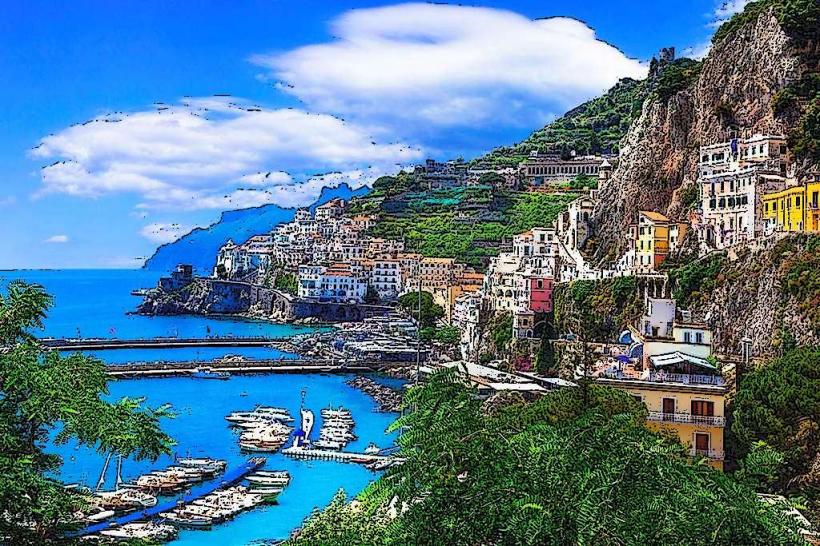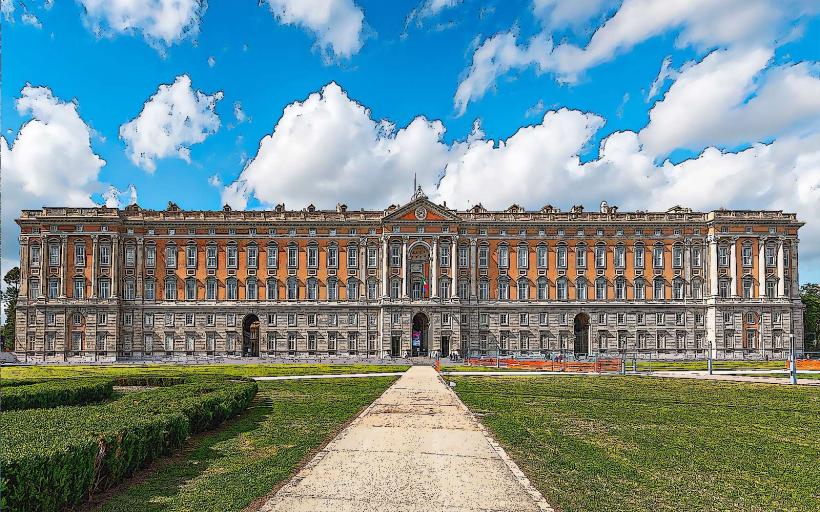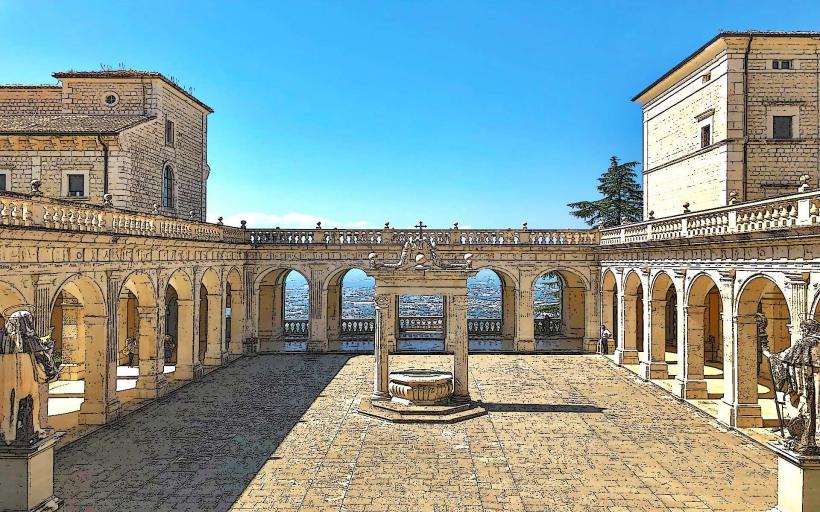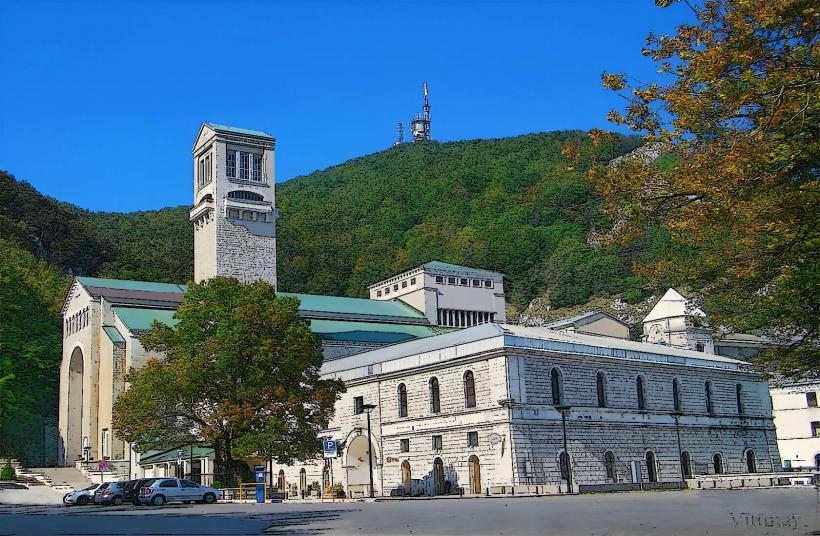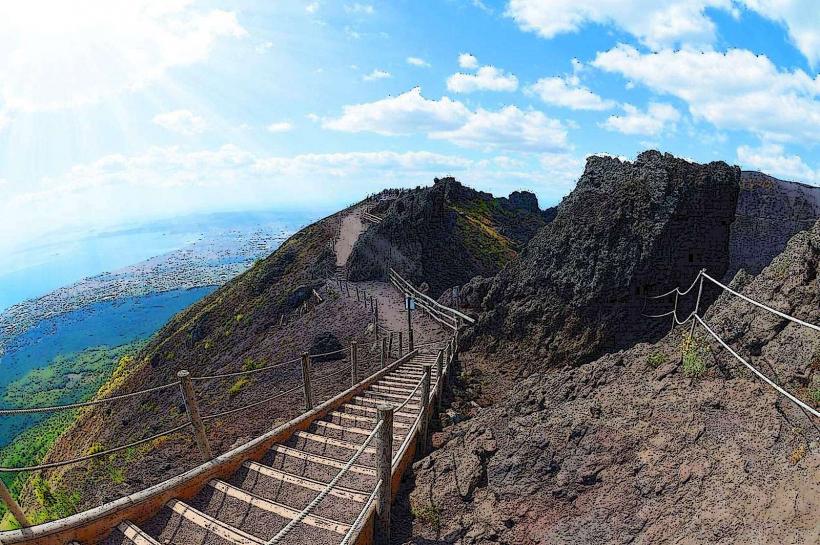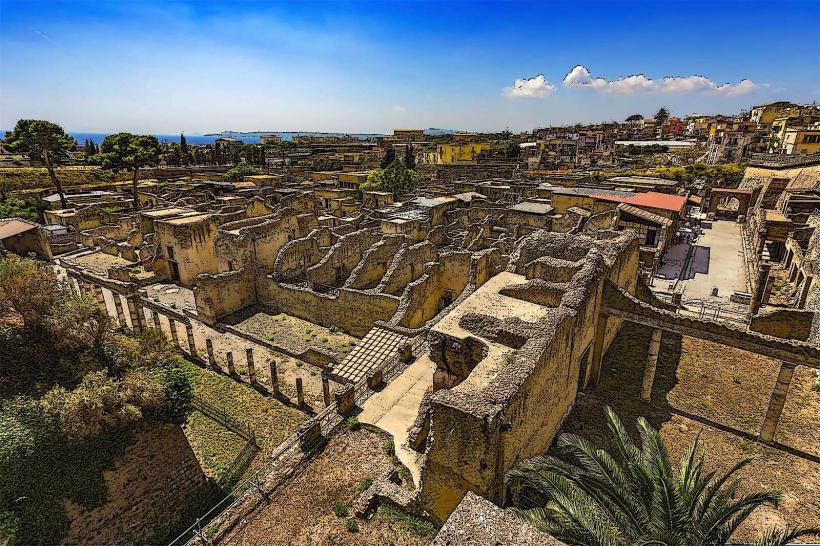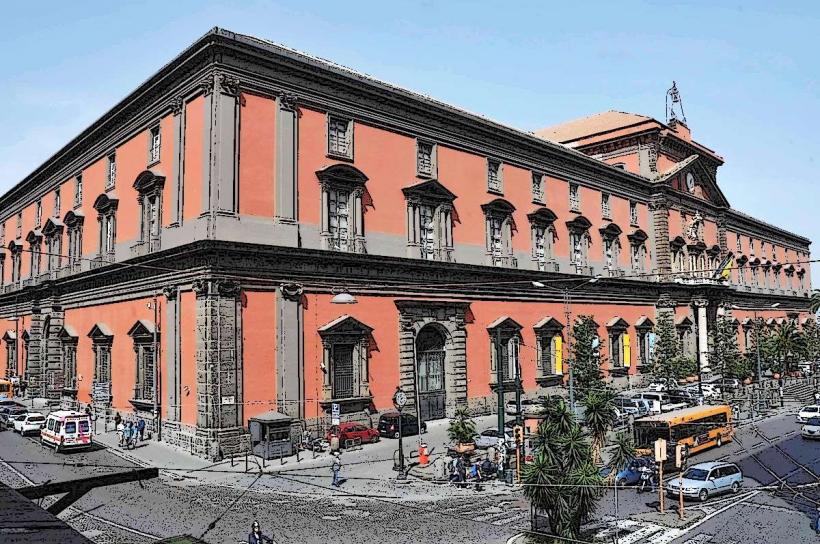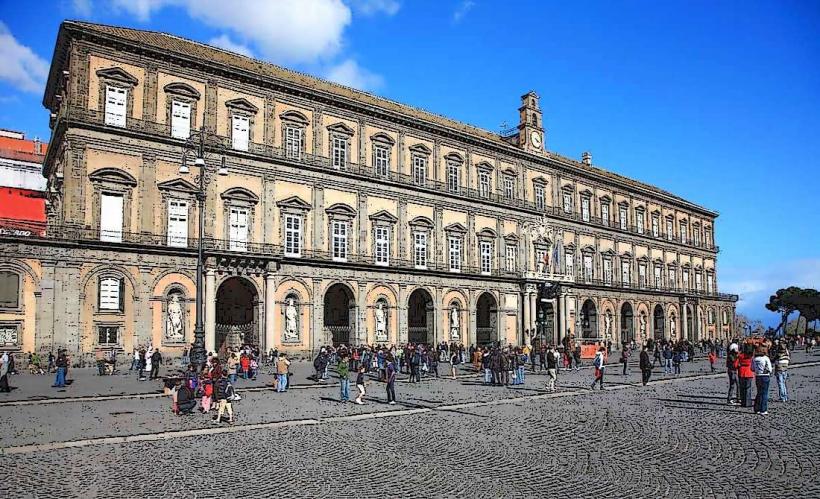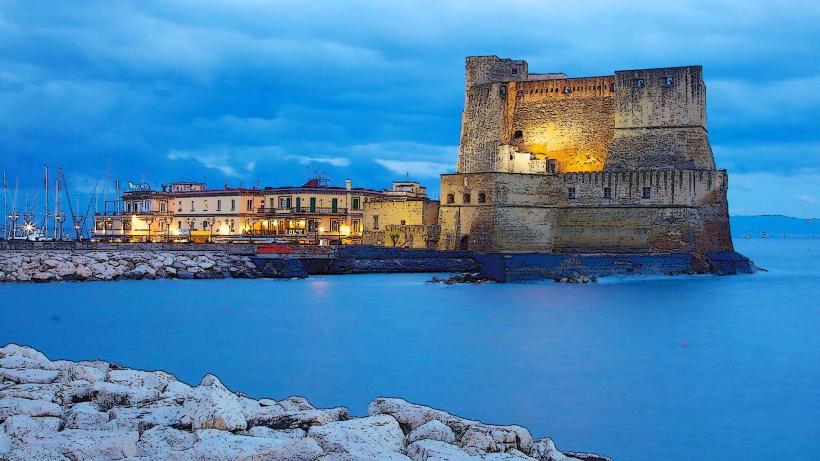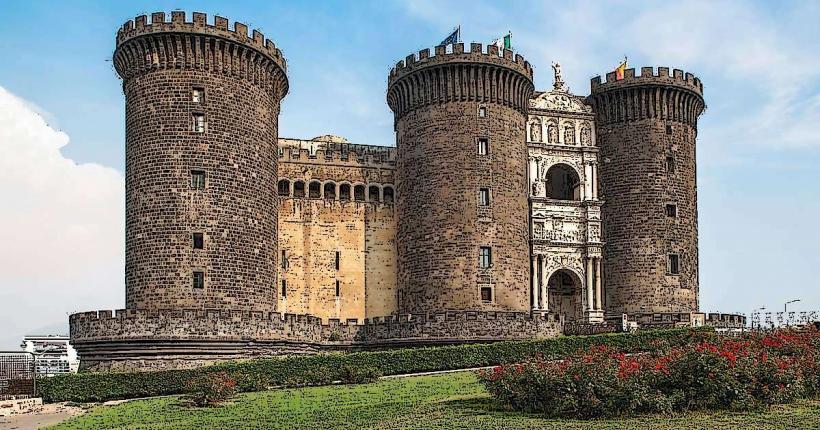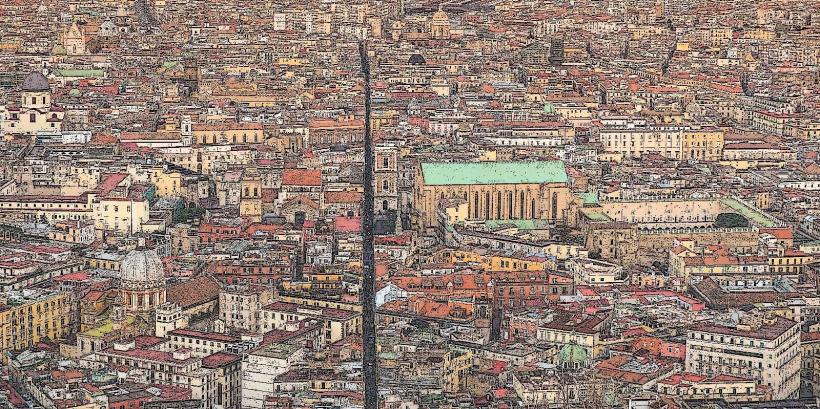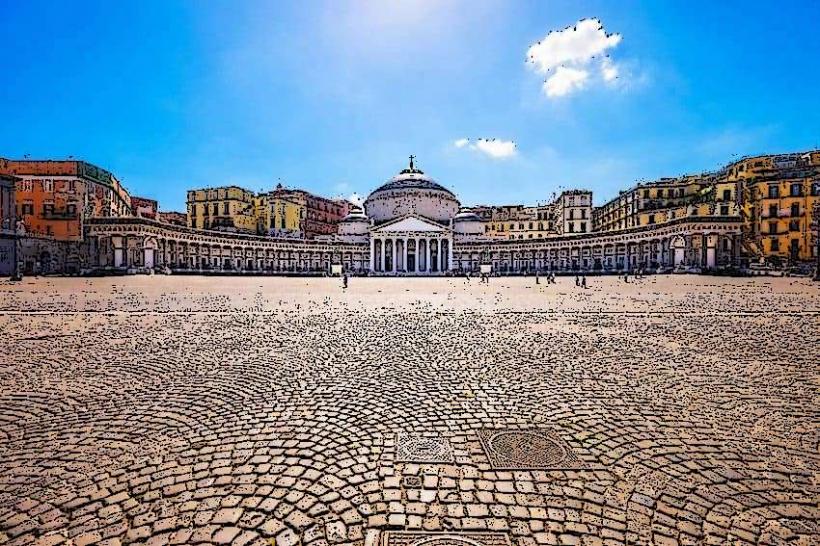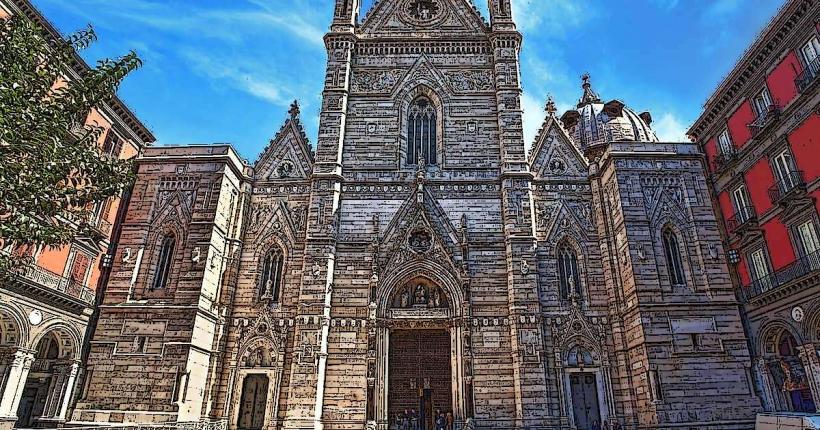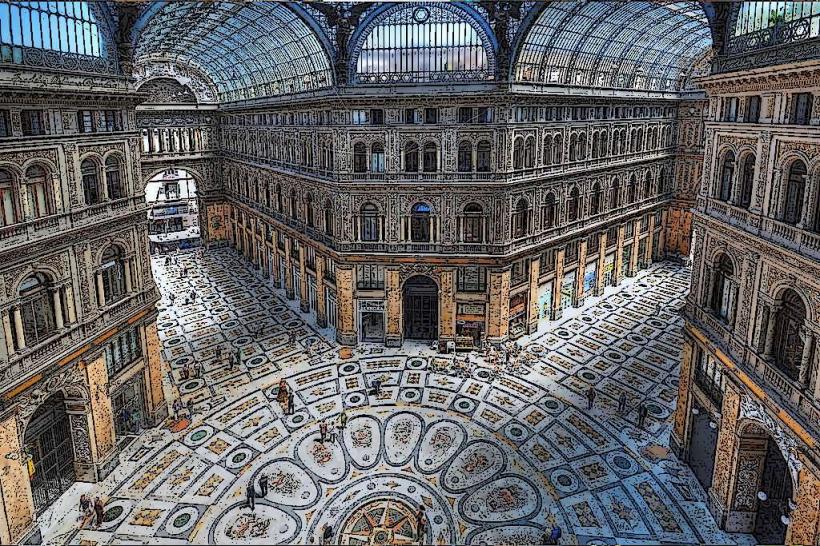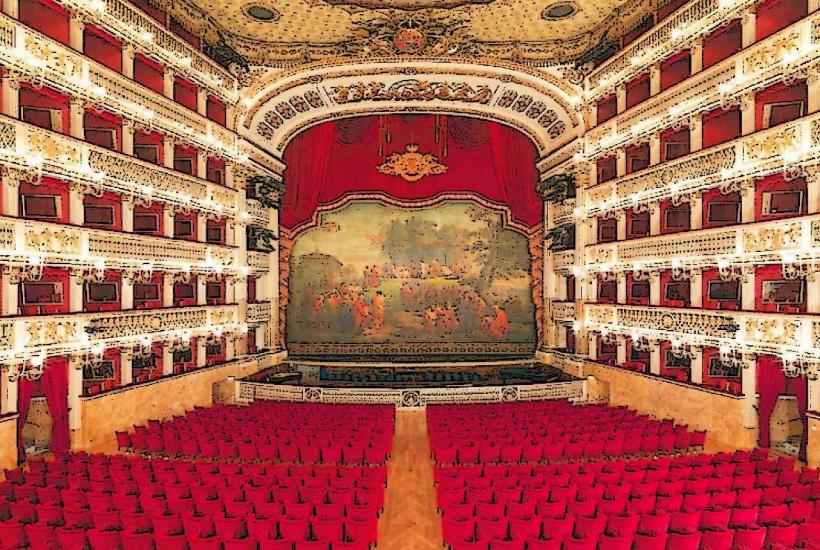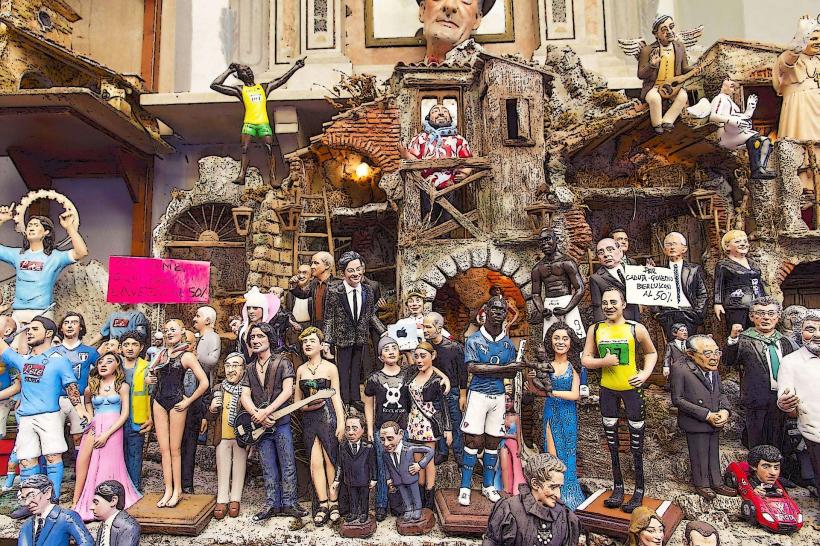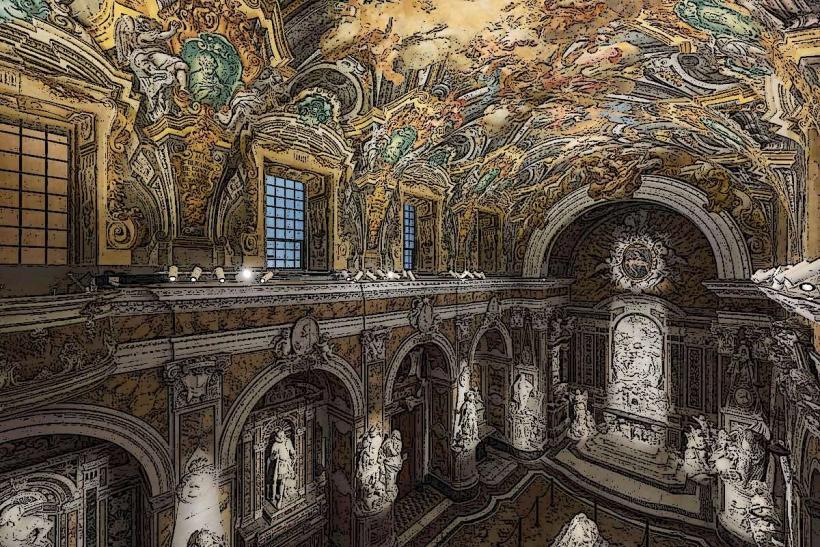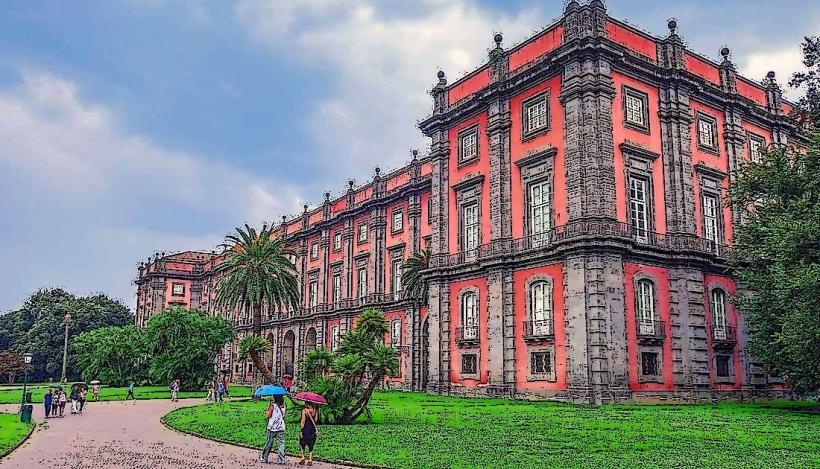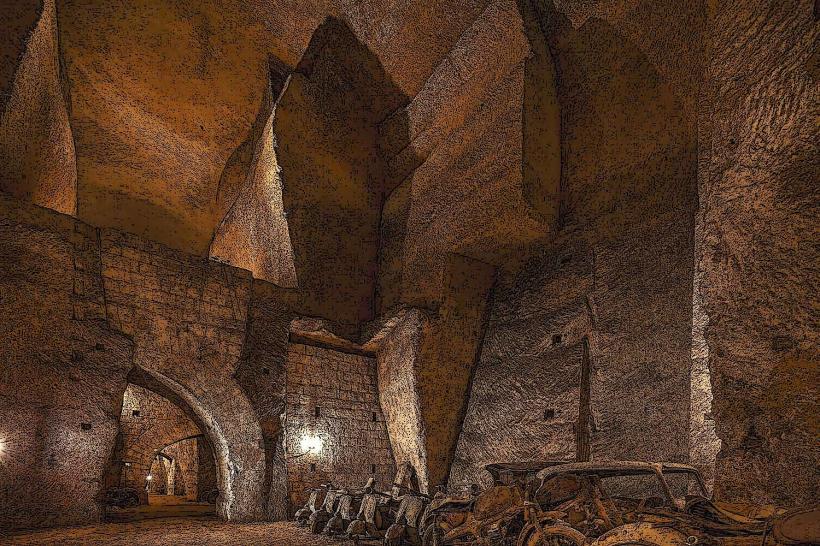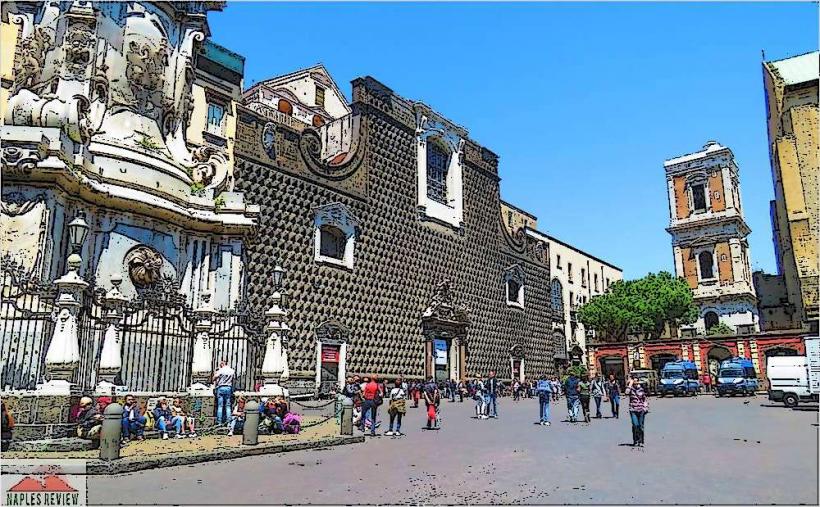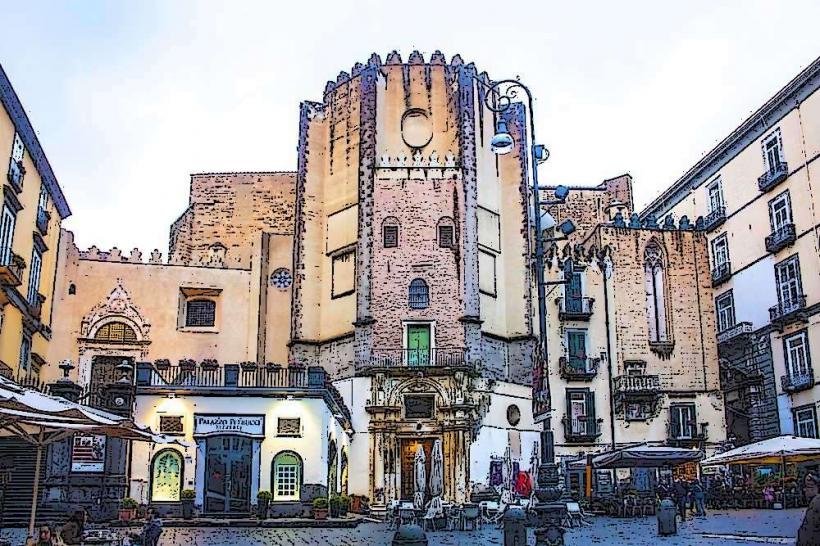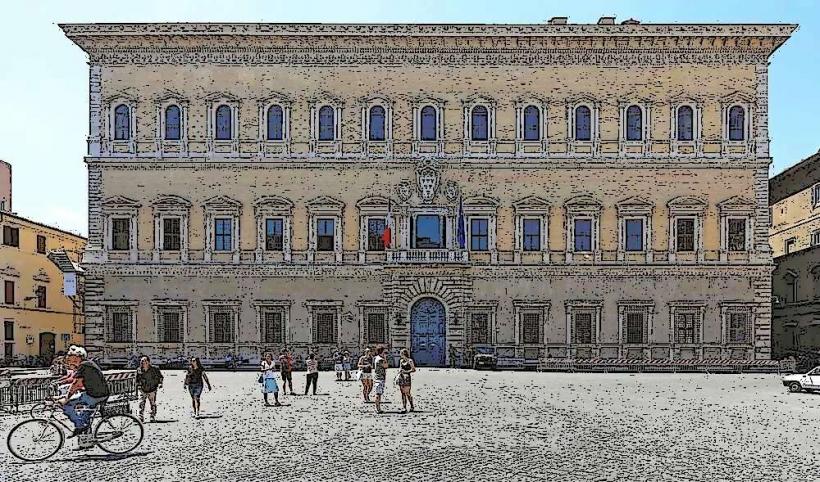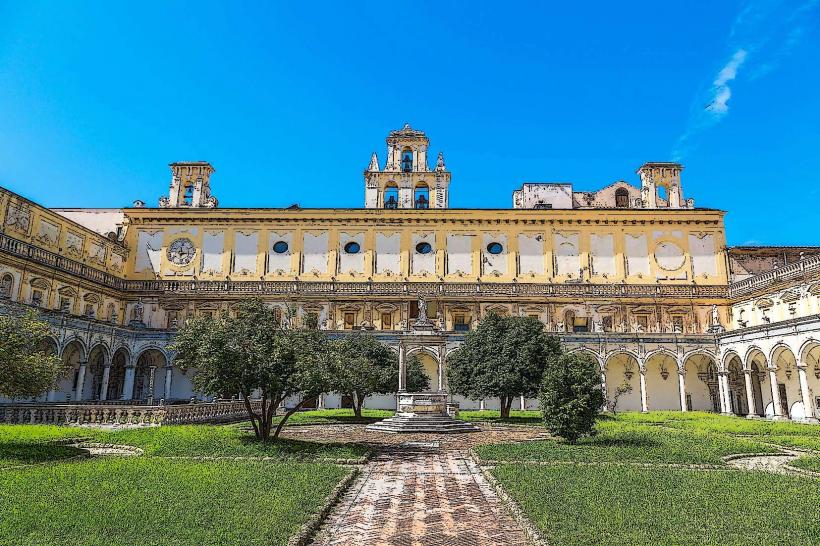Information
Landmark: PompeiiCity: Naples
Country: Italy
Continent: Europe
The Pompeii Archaeological Site is one of the most significant and well-preserved ancient Roman sites in the world. Located near the modern city of Naples, Italy, it was buried under a thick layer of volcanic ash and pumice following the eruption of Mount Vesuvius in 79 AD. The site provides an exceptional snapshot of Roman life frozen in time and offers invaluable insights into Roman society, architecture, art, and daily living.
1. History of Pompeii
- Foundation and Growth: Pompeii was an ancient Roman city that had been continuously inhabited for centuries before its destruction. Initially founded as a Greek settlement around the 6th century BC, it was later absorbed into the Roman Empire. By the 1st century AD, Pompeii had grown into a prosperous city with a population of around 10,000 to 20,000 people.
- Eruption of 79 AD: On the morning of August 24, 79 AD, Mount Vesuvius erupted catastrophically, spewing ash, pumice, and toxic gases over Pompeii and nearby cities like Herculaneum. The city was completely buried under a deep layer of volcanic material, which preserved the city for centuries, effectively "freezing" it in time. Many of the city’s inhabitants died from the pyroclastic surge or from the roof collapses caused by the accumulated ash.
- Rediscovery: Pompeii remained buried for almost 1,700 years until it was rediscovered in 1748 by archaeologists. Excavations have continued ever since, revealing more and more about the ancient Roman city and its people.
2. Archaeological Significance
- Preservation of the City: Due to the volcanic eruption, Pompeii’s buildings, streets, and even everyday objects were buried under meters of volcanic ash and pumice, which helped preserve them remarkably well. The city was lost to history until its rediscovery, and much of the urban layout, architecture, artwork, and even the remains of its inhabitants have been preserved.
- Pompeii as a Window into Roman Life: The site provides an incredible opportunity to learn about daily life in ancient Rome. From the bustling marketplaces to private homes, public baths, and religious temples, the city is an open-air museum that offers a detailed look at Roman culture, politics, and social structure.
3. Key Features of the Pompeii Archaeological Site
- City Layout: Pompeii’s city plan is an example of a typical Roman city, with well-organized streets, homes, public buildings, and places of worship. The city was laid out on a grid system, with major streets running north to south and others intersecting them. The streets are lined with ancient shops, residences, and various public structures.
- The Forum: The Forum was the heart of political, commercial, and religious life in Pompeii. This large open space was surrounded by important buildings, including temples, government offices, and the city’s main market. It is one of the best-preserved parts of the site.
- Public Baths: The city had several public baths, which were an essential part of Roman social life. The Stabian Baths are one of the largest and best-preserved examples of Roman bathing facilities, complete with rooms for hot and cold baths, gymnasiums, and frescoes depicting daily life.
- The Amphitheater: The Pompeii Amphitheater is one of the oldest in the Roman world, dating back to the late 2nd century BC. It could hold up to 20,000 spectators and hosted gladiatorial combat, animal hunts, and other public spectacles.
- The House of the Faun: One of the largest and most luxurious homes in Pompeii, the House of the Faun is famous for its elaborate mosaics, including the Alexander Mosaic, depicting the Battle of Issus between Alexander the Great and King Darius III of Persia.
- The Villa of the Mysteries: This villa is renowned for its frescoes, which depict a mysterious series of ritualistic scenes, thought to represent a Dionysian cult. The villa is located just outside the city walls and is one of the most famous houses in Pompeii.
- The Lupanar (Brothel): Pompeii is also famous for its well-preserved brothel, known as the Lupanar, which provides insight into Roman attitudes toward sexuality and prostitution. The rooms feature explicit frescoes depicting various sexual acts.
- The Bakery: Archaeologists have uncovered several bakeries in Pompeii, where the remains of bread ovens and loaves have been found, providing evidence of the types of food that were baked and consumed in ancient Pompeii.
4. Human Remains and Casts
- Pompeii’s Victims: One of the most haunting aspects of the Pompeii Archaeological Site is the discovery of the remains of its inhabitants. Many of those who perished in the eruption were trapped in their homes or while trying to flee the city. Due to the pressure from the volcanic ash, the bodies of the victims were preserved as hollow impressions in the ash.
- Plaster Casts: Archaeologists developed a technique to pour plaster into these voids, creating detailed casts of the victims. These casts capture the final moments of the people who lived in Pompeii, often showing their anguished expressions and contorted postures as they succumbed to the eruption. Some of the most famous casts depict people curled in agony, trying to protect themselves from the pyroclastic flows.
- Famous Casts: Among the most famous casts is that of a dog that was found chained to a post, as well as a family of three who appear to be embracing each other in their final moments.
5. Art and Frescoes
- Wall Paintings and Frescoes: Pompeii is rich in art, particularly in the form of frescoes that adorned the walls of homes and public buildings. These vivid paintings depict gods and goddesses, everyday Roman life, and mythological themes. Some of the most well-known examples of Pompeian frescoes come from the House of the Vettii and the Villa of the Mysteries.
- Mosaics: Pompeii is also renowned for its mosaics, which decorated the floors of homes and public spaces. The Alexander Mosaic, located in the House of the Faun, is one of the most famous examples of Roman mosaic art.
6. Visitor Experience
- Excavation and Preservation: Pompeii remains an active archaeological site, with new discoveries being made regularly. Ongoing excavations continue to uncover buried structures and artifacts, providing fresh insights into the ancient city. The site is meticulously preserved to allow visitors to experience its unique history and significance.
- Museums: Many of the artifacts recovered from the Pompeii site, including sculptures, pottery, and frescoes, are housed in the National Archaeological Museum of Naples. Some of the most notable objects include Roman sculptures, pottery, and items recovered from the homes of Pompeii’s citizens.
- Tourism: The Pompeii Archaeological Site is one of Italy’s most popular tourist destinations, attracting millions of visitors annually. It is part of the UNESCO World Heritage list due to its cultural and historical importance.
- Visitor Facilities: The site offers guided tours, educational programs, and walking paths through the city’s ruins. Some areas, such as the Amphitheater and the Forum, are especially popular with visitors, while other parts of the city offer a more tranquil, less crowded experience.
7. Conclusion
The Pompeii Archaeological Site is not only a significant archaeological landmark but also a poignant reminder of the power of nature and the fragility of civilization. Its incredible preservation gives us a window into ancient Roman life, providing a direct connection to the past. Whether through the discovery of everyday objects, beautifully preserved frescoes, or the haunting plaster casts of the victims, Pompeii continues to fascinate and educate visitors about the ancient world.

